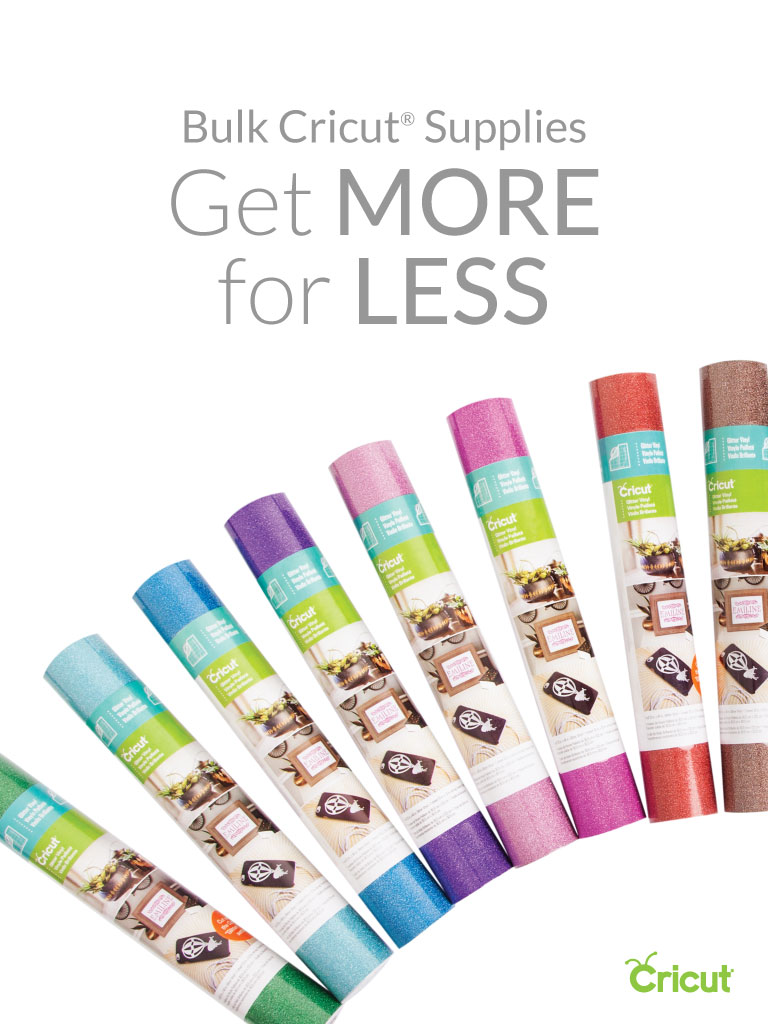The difference between heat transfer vinyl (HTV) and adhesive vinyl
What goes on what?
HTV is mainly used for creating designs which you are going to use on fabric garments examples of these could be t-shirts, hoodies, jumpers, tote bags, etc.
Adhesive vinyl is used when you are working on materials other than fabric, ideally these want to be smooth and flat. Examples include mugs, glasses, bottles, walls, vehicles etc.
Let’s look more in depth
Heat Transfer Vinyl (HTV)
HTV is made with two layers, the heat activated vinyl layer and the clear carrier sheet. Make sure when cutting you place your vinyl the correct way up!
When creating projects with this vinyl you need to make sure your design is flipped/mirrored before you cut it. When you look at your design make sure the design is backwards to ensure it is reversed.
Finally the major difference between HTV and adhesive vinyl is that HTV requires heat and pressure in order to stick to the fabric.
TOP TIP! Press the garment before applying your design as this will remove any excess moisture trapped in the garment and make your design stay better.
Adhesive Vinyl
When creating a project with adhesive vinyl you will need cut it the ‘right’ way up. This vinyl comes in 2 layers the ‘sticker’ and the backing sheet.
When you have cut and weeded your design it should look like a colourful sticker against the backing paper.
To transfer your design onto your project you want to use a transfer paper or tape to allow you to pick up the design in one piece.
Finally, remember to smooth out your design when you have applied it.
TOP TIP! If you are applying a larger design, you may encounter bubbles in the design. These can be pressed out or if the bubble is more stubborn you can take a pin to poke a small hole to enable you to push the air out.
This article contains affiliate links which we may earn a commission from.
Click here to view our full range of craft cutting files.

